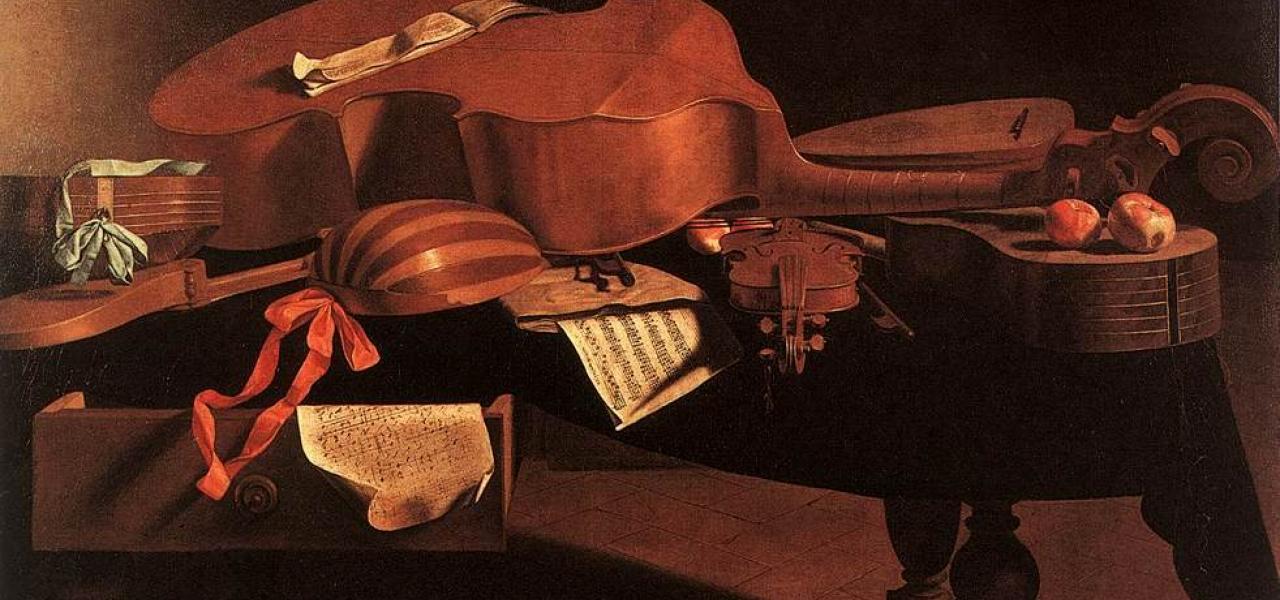ART AS SPIRITUAL FOOD
Text Copyright Thomas Kadmom. Visuals Belinda Shaw
As we nourish our bodies with the best food available, we need also to feed our spirits. Whether we follow a regular spiritual or religious practice or not, the contemplation of art can provide a springboard for diving deeply into our spirituality. Art is a mirror - to change the metaphor - in which we can examine the cherished motivations and values that form our identity. Even mediocre art works can assist here, if used to stimulate systematic reflection on our likes and dislikes and why they are so. This is the basis of a personal aesthetic.
Aesthetics is the branch of philosophy that deals with the criteria for beauty, art and taste. Everyone has at least an unconscious aesthetics. But when we discuss art, comment and criticise on it, our aesthetic becomes conscious as we provide reasons for feeling and thinking as we do. Remember, however, that analysing in this way is a different activity from actually producing art. Appreciating and creating draw on different faculties.
As a founder of the Interfaith Conflict Resolution organisation, my interest in an art blog is to explore interfaith spirituality through reflecting on aspects of art works, particularly of films. Film - movies, TV dramas etc - from a social justice perspective, are a universally popular and highly affordable form of entertainment. Renting a DVD, subscribing to Netflix or accessing ‘the tube’ is within the reach of even the poor. Spiritual food is a necessity; not just a luxury for an elite.
Watching films is a favoured, relaxing pasttime the world over. Film synthesises elements of visual, literary, musical and purely dramatic art. It is a distinctively modern art form, suited to an age of global consciousness; riding on a variety of technological media. Though art in the past has been styled ‘the handmaiden of religion’, when I regard a film as noteworthy from an interfaith perspective, I do not at all mean that the film must be about religion - neither in the action of its plot nor even thematically.
For me, a movie holds interfaith interest if it evokes fruitful reflection on integrating veins of spirituality from the world’s diverse traditions and belief systems. Here are a few examples from fairly well known works :
The Last Samurai brings the East meets West theme, a clash between medieval Bushido, ancient Shinto and Zen on the one hand, and nineteenth century Western secular liberalism on the other. The Hundred Foot Journey uses battle for the tastebuds of a village by rival restaurants to explore the relationships between people of French and Indian cultural heritage, with all their beliefs and baggage. The Matrix Trilogy provokes a serious examination of the mind’s conditioning by challenging one to imagine being trapped in a simulated ‘reality’. Avatar, similarly, raises the question of whether one’s self-projection in another world could be more meaningful than normal existence. Aesthetic contemplation in such films leads to metaphysical contemplation.
Other movies confront the viewer more overtly with culture clashes and interfaith conflicts. The plight of the Jews among the Gentiles is deeply and sensitively dealt with in such films as Schindler’s List, Life is Beautiful, Defiance, Exodus (the 1960 Otto Preminger version), and Fiddler on the Roof. Other films deal with white civilisation interacting with indigineous, shamanistic and animistic cultures or the internal struggles of the indigineous : Shaka Zulu, Dances with Wolves, Rapa Nui, Apocalypto.
Some films are just straight-upexcellent films on religious or interreligious themes, for which no apology needs be made, e.g. A Man for All Seasons,
or Gandhi or the Granada television series Brideshead Revisited.
In all this, let us remember the indebtedness of many engaging movies to the primary literary works than underpin them, like the novels of Leon Uris and Evelyn Waugh and Thomas Keneally. Inspired works are typically collaborative chains of co-creation.


